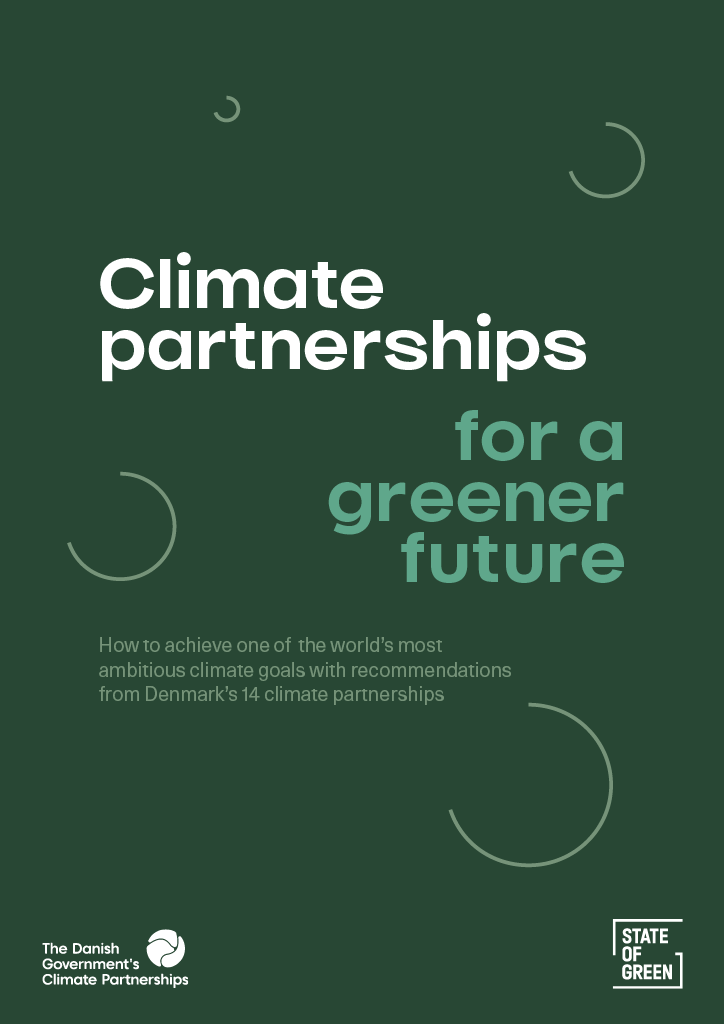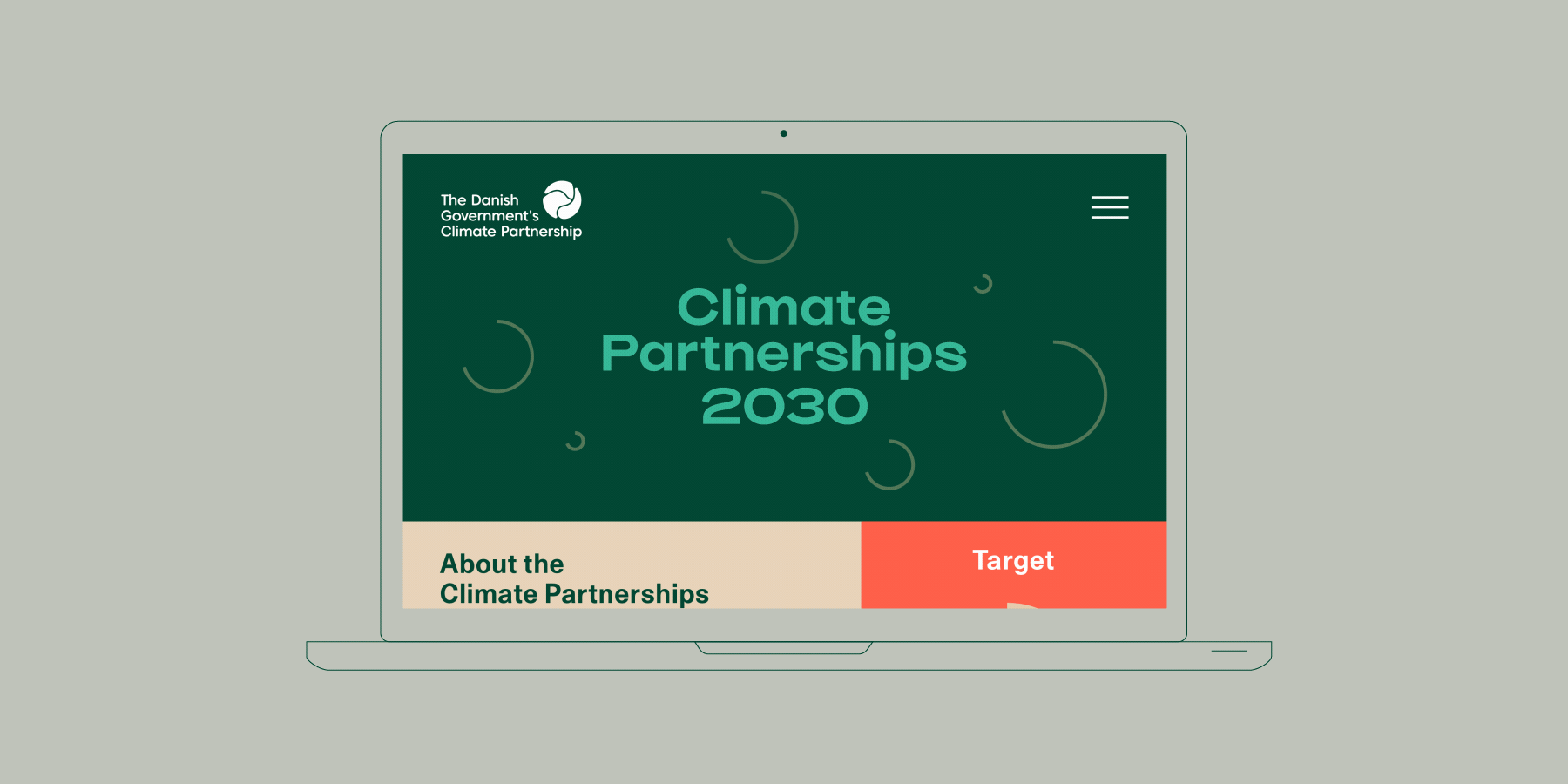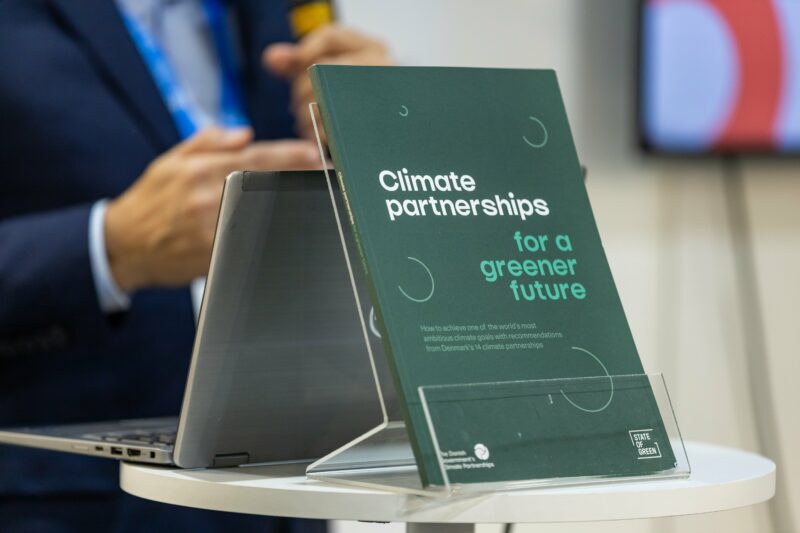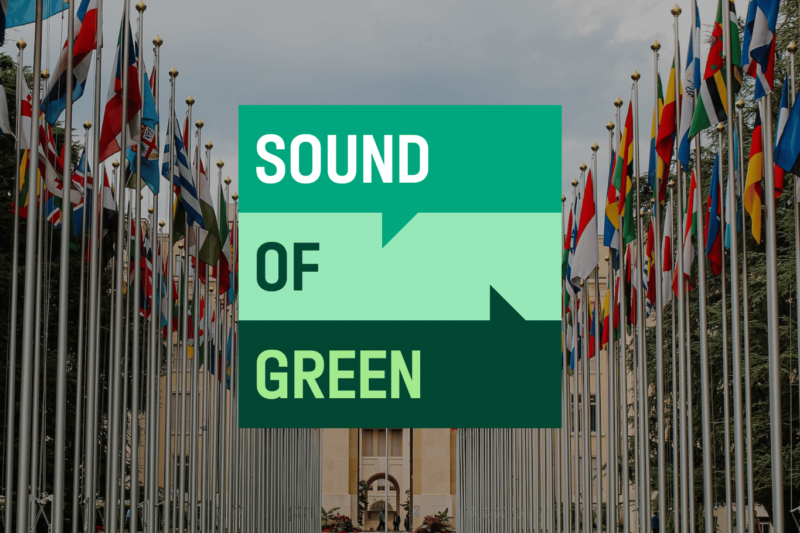Sector-specific recommendations from the private sector
Building on the Danish tradition for public-private partnerships and recognising the private sector as a central actor, the Danish government has formed 14 climate partnerships. Each representing the different sectors in the Danish economy. The 14 partnerships were tasked with presenting a proposal on how their individual sector could contribute to CO2e reductions justly, supporting Danish competitiveness, exports, jobs, welfare and prosperity.
The proposal had to include measures that the sector itself could take to reduce emissions as well as recommendations to remove barriers and improve framework conditions in order to support reductions and green competitiveness. This resulted in more than 400 recommendations.
The organisation of the climate partnerships
Each partnership is chaired by a representative from a private sector company appointed by the Danish government with 1-2 business organisations serving as secretariats. The number of stakeholders involved varies from partnership to partnership due to different structures. Typically, the drafting of the recommendations has been an open process involving several companies and organisations from the entire sector.
From recommendation to implementation
Based on the climate partnerships recommendations and roadmaps, the Danish government will assess if and how the inputs can be addressed politically. Many of the
recommendations have already been reflected in political initiatives, for instance on energy islands, Power-to-X, carbon capture technologies, electrification efforts and new financial models.



















